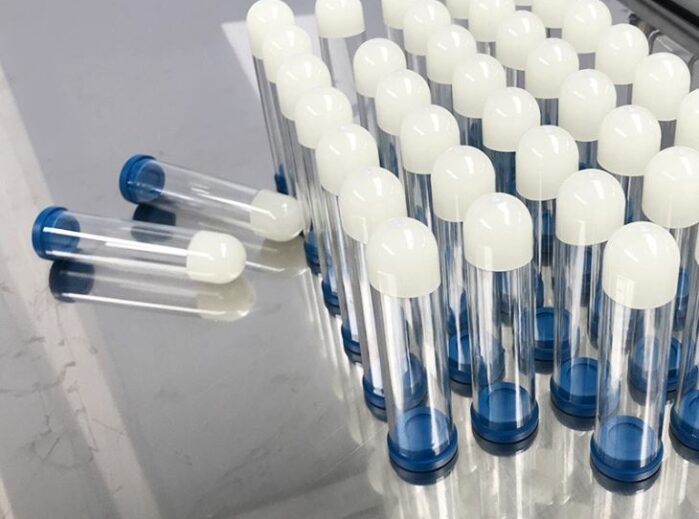Platelet-rich plasma (PRP) therapy is an innovative technique that uses a patient’s own blood to promote healing and tissue regeneration. PRP therapy has gained popularity over the years, and the use of PRP kits and tubes has made the process more efficient and accessible. In this blog, we will discuss how to extract PRP using a PRP kit and tube and which factors influence the plasma activity. We will also explore the different types of PRP tubes and how to choose the most effective one.
How to Extract PRP using a PRP Kit and Tube
To extract PRP, a small sample of the patient’s blood is drawn and collected in a PRP tube. The PRP tube contains an anticoagulant that prevents the blood from clotting during centrifugation. After the blood is collected, the PRP tube is placed in a centrifuge, where it spins at a high speed to separate the blood components. The PRP, which is rich in platelets and growth factors, is then extracted from the tube using a syringe and injected into the affected area.
Factors that Influence Plasma Activity
The quality of the PRP tube and the centrifugation process can significantly influence the plasma activity. The PRP tube’s composition, design, and size can affect the platelet recovery rate and plasma activity. The centrifugation process’s speed and duration can also affect the concentration and quality of the PRP.
PRP Tube Inside Composition Formula: ACD-A+Gel/Sodium Citrate+Gel/MACD-7+Gel Difference
PRP tubes come in different compositions, with ACD-A+gel, Sodium Citrate+gel, and MACD-7+gel being the most common. ACD-A+gel tubes contain an anticoagulant called acid citrate dextrose, which prevents blood clotting and promotes the separation of blood components. Sodium Citrate+gel tubes use sodium citrate as the anticoagulant, and MACD-7+gel tubes use a combination of citrate, phosphate, dextrose, and adenine. The gel in the PRP tubes helps to separate the red blood cells from the plasma during centrifugation.
Which is More Effective?
There is no consensus on which PRP tube is the most effective. Studies have shown that ACD-A+gel tubes and MACD-7+gel tubes result in a higher concentration of platelets than Sodium Citrate+gel tubes. However, the choice of PRP tube depends on the specific needs of the patient and the preferences of the physician.
How to Choose a PRP Tube with Good Effectiveness
When choosing a PRP tube, it is essential to consider the following factors:
Anticoagulant: Choose a tube with an anticoagulant that is effective in preventing blood clotting and promoting platelet separation.
Gel: Choose a tube with a gel that is compatible with the anticoagulant and helps to separate the red blood cells from the plasma.
Size: Choose a tube that is appropriate for the amount of blood required for the procedure.
Manufacturer: Choose a tube from a reputable manufacturer with a proven track record of producing high-quality PRP tubes.
Conclusion
PRP therapy is an effective technique for promoting healing and tissue regeneration. The use of PRP kits and tubes has made the process more accessible and efficient. The choice of PRP tube and the centrifugation process can significantly influence the plasma activity and the concentration of platelets. When choosing a PRP tube, it is essential to consider the anticoagulant, gel, size, and manufacturer to ensure the best possible outcome for the patient.








